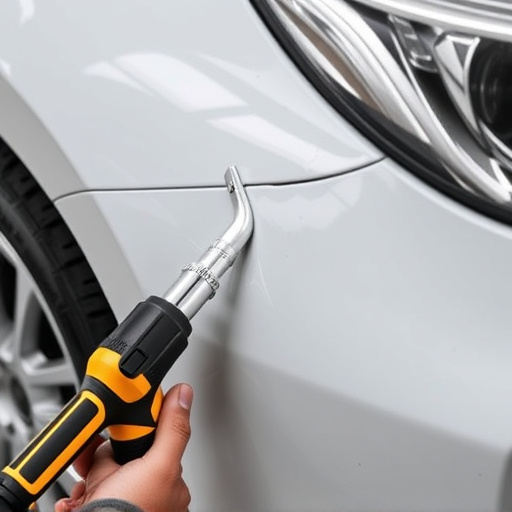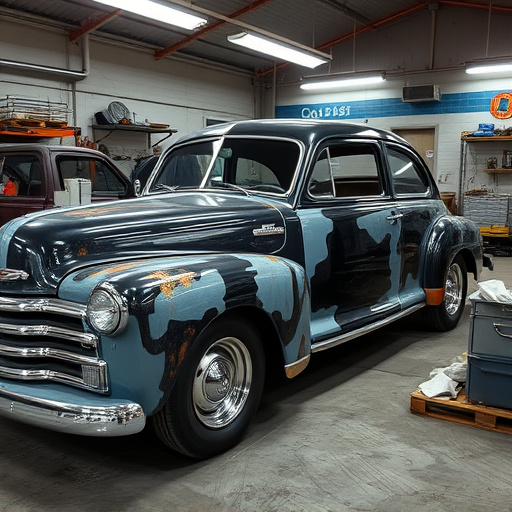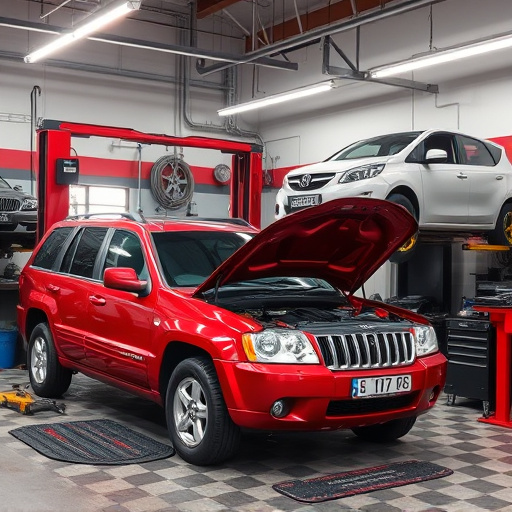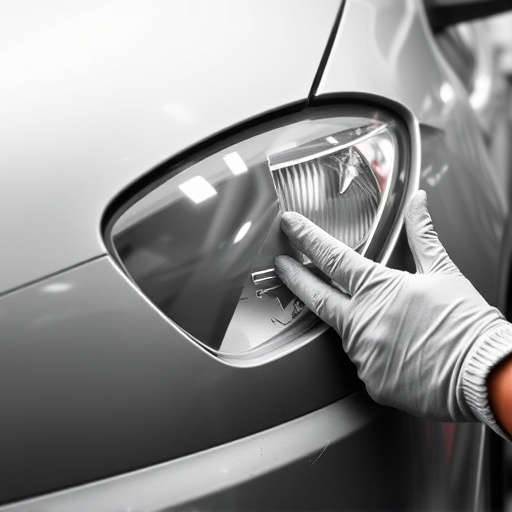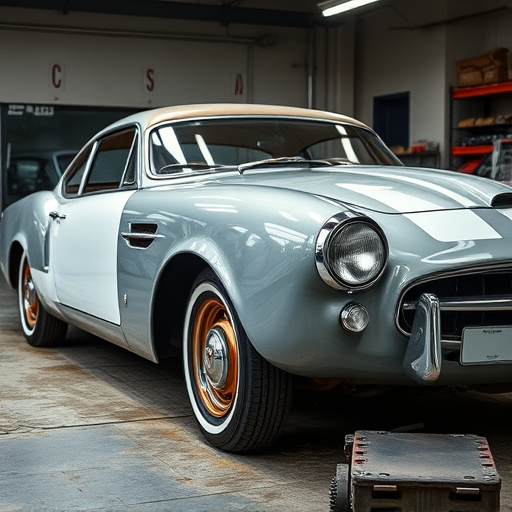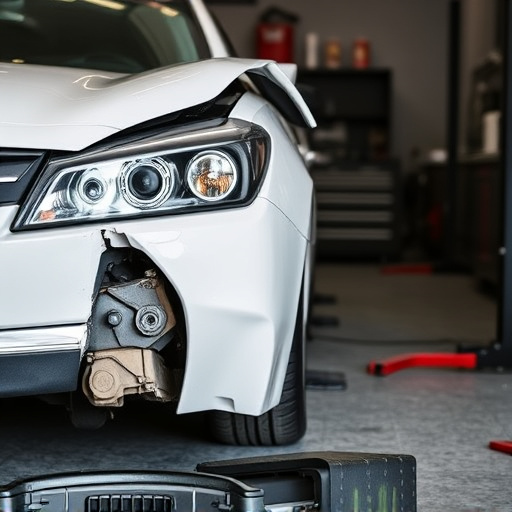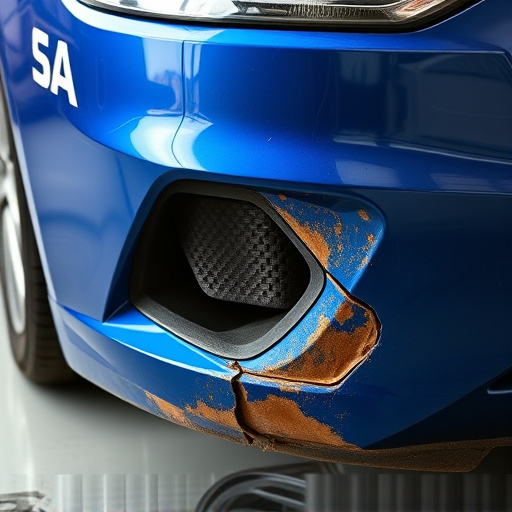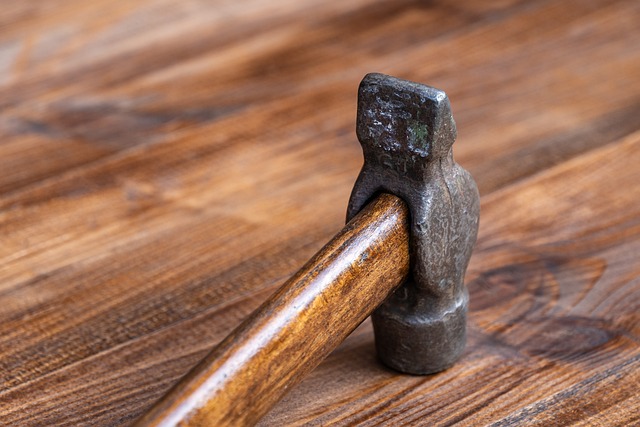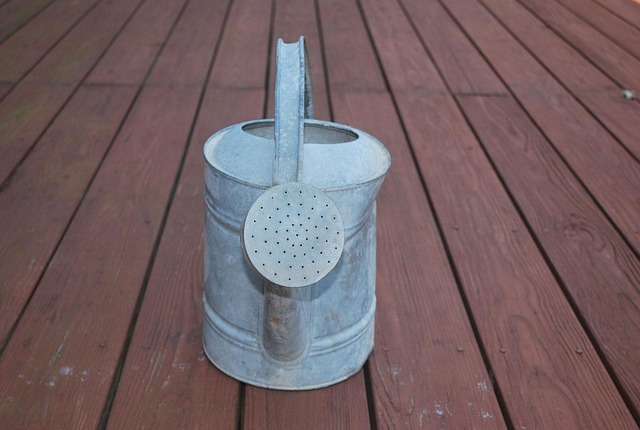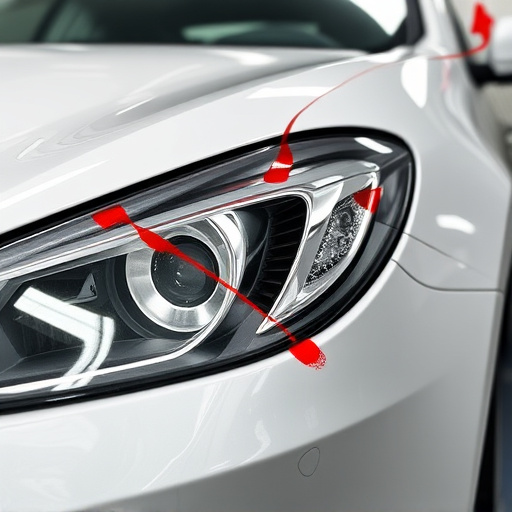Performance car body repair is a specialized craft demanding meticulous attention to detail, preserving structural integrity while enhancing aesthetic appeal of high-performance vehicles with advanced engineering and sleek designs. Essential tools include dent removal equipment, precise measuring tools, high-quality paints, and expert knowledge of unique car paint systems. Beginners should master fundamentals, prioritize safety, inspect damage, address dents and scratches, and learn advanced techniques like frame straightening. Professional shops use cutting-edge tools like robotic welders and CAD software, while beginners can enhance strength and style with specialized coatings and composite repairs. A truly exceptional performance car is defined by the meticulous care in its body repair and customization.
Dive into the exhilarating world of performance car body repair with our comprehensive guide designed for complete beginners. From understanding the essentials and must-have tools to mastering common repairs and advanced restoration techniques, this article equips you with the knowledge to transform your high-performance vehicle. Discover how to maintain and revitalize your car’s body, ensuring it not only looks stunning but also performs at its best on the road. Get ready to embark on a journey that will empower you to tackle any repair challenge.
- Understanding Performance Car Body Repair: Essentials and Tools
- Step-by-Step Guide to Common Repairs and Maintenance
- Advanced Techniques and Tips for Restoring Your Performance Car's Body
Understanding Performance Car Body Repair: Essentials and Tools
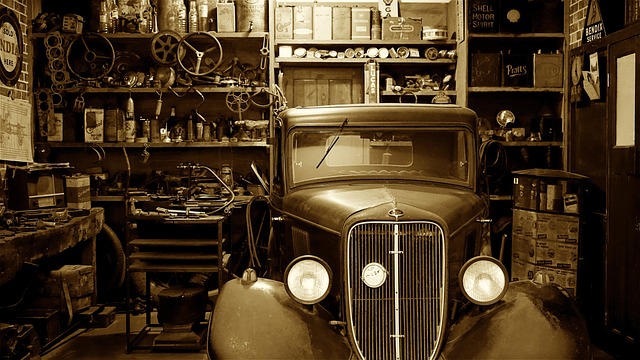
Performance car body repair is a specialized craft that goes beyond the standard repairs found in regular vehicles. These cars are designed for speed and power, with sleek designs and advanced engineering—which means their body panels often require unique handling. Before diving into the process, it’s crucial to understand that performance car body repair involves more than just fixing dents or scratches; it’s about preserving the integrity of the vehicle’s structural elements while enhancing its aesthetic appeal.
Essential tools for this task include specialized dent removal equipment like pneumatic hammers and plastic shapers, which are used for auto dent repair and ensuring precise contouring. Additionally, a good set of measuring tools, such as calipers and tape measures, is vital to ensure accurate fitting of body panels. Vehicle repair services that specialize in performance cars also require access to high-quality paints and finishing materials, along with expert knowledge of the car’s unique paint systems.
Step-by-Step Guide to Common Repairs and Maintenance

For a complete beginner taking on performance car body repair, understanding the basics is key. Start by gathering the right tools and materials for the job, including a variety of sandpaper grits, body filler, primer, paint, and a clear coat. Safety gear like gloves, goggles, and a mask are non-negotiable to protect against fumes and debris. Always work in a well-ventilated area or outside if possible.
Next, inspect the damaged area thoroughly. Common issues include dents, scratches, and small cracks. For simple dents, use a dent puller tool to remove the excess metal without affecting the surrounding panel. Deeper dents may require hammering and a dolly for more precise removal. Scratches and minor scuffs can often be touched up with auto-body filler and sanded smooth before applying primer and paint. In more severe cases where panels need replacement, disassemble the affected area carefully, taking note of how everything fits together. This will ensure a seamless car restoration later on using quality auto repair services.
Advanced Techniques and Tips for Restoring Your Performance Car's Body
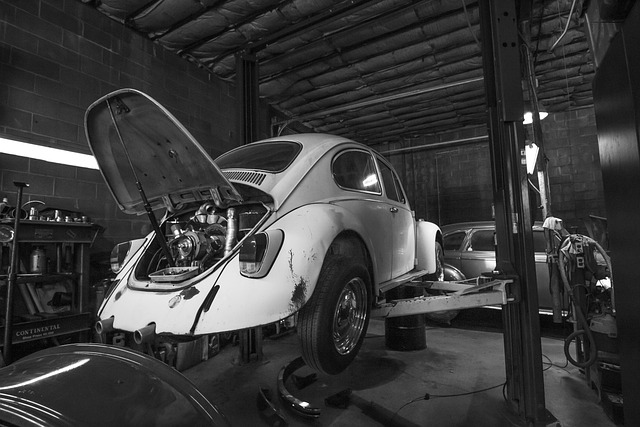
When it comes to advanced techniques for restoring your performance car’s body, the sky’s the limit. Professional auto body shops employ state-of-the-art equipment like robotic welders and computer-aided design software (CAD) to achieve precision and flawless results. For those just starting out, mastering basic skills like frame straightening is crucial. This involves realigning warped or bent metal to its original specifications, ensuring the car’s structural integrity and aesthetic appeal.
Incorporating advanced tips into your performance car body repair routine can elevate your work from good to great. Consider using specialized coatings and paints designed for high-performance vehicles, which offer superior durability and a sleek finish. Additionally, learn the art of composite repair using carbon fiber or kevlar, enhancing both strength and style. Remember, a well-restored performance car is not just about power under the hood; it’s also about the meticulous attention to detail in its body repair and customization.
Whether you’re a complete beginner or looking to expand your skills, this guide has equipped you with the knowledge and tools to tackle performance car body repair head-on. From understanding the essentials and common repairs to advanced restoration techniques, now is the time to dive into this rewarding hobby. With the right approach and these proven methods, restoring your performance car’s body can be a fulfilling journey that enhances its beauty and value. So, remember these key takeaways: invest in quality tools, follow step-by-step guides precisely, and never underestimate the power of patience and practice. Happy repairing!
